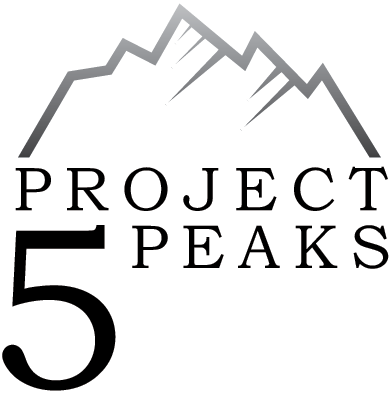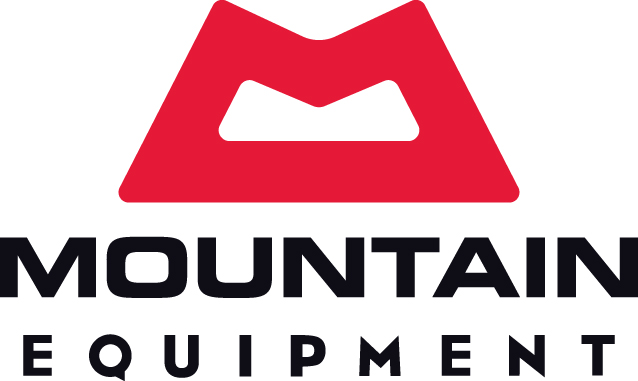Safety is a way of life
It has been a long, very long day. We have been climbing for over 14 hours and are halfway during the descend from the summit of Khan Tengri to Camp 3. I’m worried about Gijs. His crampon broke during the ascent and now he struggles to keep up. When he joins me, he lays down and doesn’t say a word. He looks exhausted and I’m thinking that he might show some early signs of altitude sickness. I urge him to drink something. Then I ask him some questions and follow his movements to satisfy myself that he is completely ok, before I continue my descend.
Climbing high mountains is not without risk. However, risks can be managed by reducing the likelihood of occurrence or by reducing the impact of an event. In my earlier blog (link) I wrote about the measures we took during our preparations to manage these risks. What happened during our expedition? Some thoughts.
Supervision
“Basecamp, basecamp, this is Team Holland” ……. “Team Holland, this is basecamp, please give me information.”
When you are in the situation, it is difficult to objectively judge it yourself and it is helpful to have an objective external opinion. During our expedition we were supported by the boss of the Russian camp, ‘big boss’, who followed all the teams on the mountain by radio. We reported our position each hour to him. Since the ‘big boss’ was an experienced mountaineer, he was able to advise us based on the weather conditions, time of the day and conditions of the mountain prior to or summit attempt. Several other teams were also clearly instructed to go down to base camp, but in general he was quite content with the decisions of ‘Team Holland’. Only Martin preferred a different team name for obvious reasons :-) Furthermore we had our friend Guido on standby to give us the latest weather updates and also an outsider opinion on our options, which was very helpful.
Communication
A major part of safety in a team is communication. It starts with the simple things. On daily basis we asked each other how we were feeling and whether somebody had eaten and drunk enough. We did this to take responsibility for the safety of our team mates and to detect signs of altitude sickness as early as possible to avoid dangerous situations.
Group decision making is a complex process. When we were staying in camp 3 for a couple of days before our a summit attempt, we didn’t do much else than endlessly discussing our options. How is the weather? Are we sufficiently acclimatized? Should we go down and wait for the next weather window? What time to leave for the summit? Is there too much snow on the ridge? I consider these group discussions as valuable risk assessments that are essential to making the safest decisions.
Openness to speak your mind during the climb is just as important. If you don’t feel safe you should feel free to speak your mind and trust your team mates will listen. This is not always easy. During our descend of Khan Tengri we had a major discussion about whether to go on the rope or not on an easy part of the glacier. I guess we were all very tired and a little bit more on edge than normal. However, most important is that we felt free to speak our minds instead of slipping in a potential dangerous situation without even having discussed it.
Good communication in a team is not trivial. This year we were not only with Dutch guys, but had a mix of Dutch and Czech culture. It was interesting to see that we also have a different way of communicating. Something that is important to realize and discuss prior to an expedition.
Gut
If something doesn’t feel right, follow your gut. For Gijs and myself this was the case during our attempt to climb Peak Pobeda (read blog here). Martin had to go home after Khan Tengri, because of a toe injury. Despite our discussions at home not to climb Pobeda with two persons, we decided to give it a try anyway. It is difficult to say ‘no’ when you are already in the situation or in our case at the base of Pobeda. Suddenly we were willing to accept a higher level of risk. Why? Only because we were already there. This illustrates how important it is to discuss potential scenarios before the expedition to avoid wrong discussions when you are already in the situation.
Was our decision to give it a try wrong? Maybe, but not necessarily. We reassessed the situation. At home you never know exactly what the circumstances will be and you need to reassess. For sure the risk assessment we had done at home played a big role in our decision to turn around after our first day of climbing. I didn’t feel right, it didn’t feel safe. We turned around, despite all our preparations and money we invested in the expedition. Difficult call, but the right one. Safety is not only a matter of the objective dangers, but also listening to your gut.
Safety for me
Safety is not something that’s only important during my climbing trips. Assessing situations and making safe decisions is daily business for all of us. Everybody recognizes the situation when you are waiting with a couple of people to cross a street. Then some people cross the street, while the others are still waiting for this one car to pass. Same information, different decision. Safety related decisions are everywhere. People raccept different levels of risk. Because of my mountain climbing and my work (construction of Offshore Wind Farms at Van Oord) I have become much more aware of these processes and what tools are available and important to make the safe decisions, also during my daily life.




